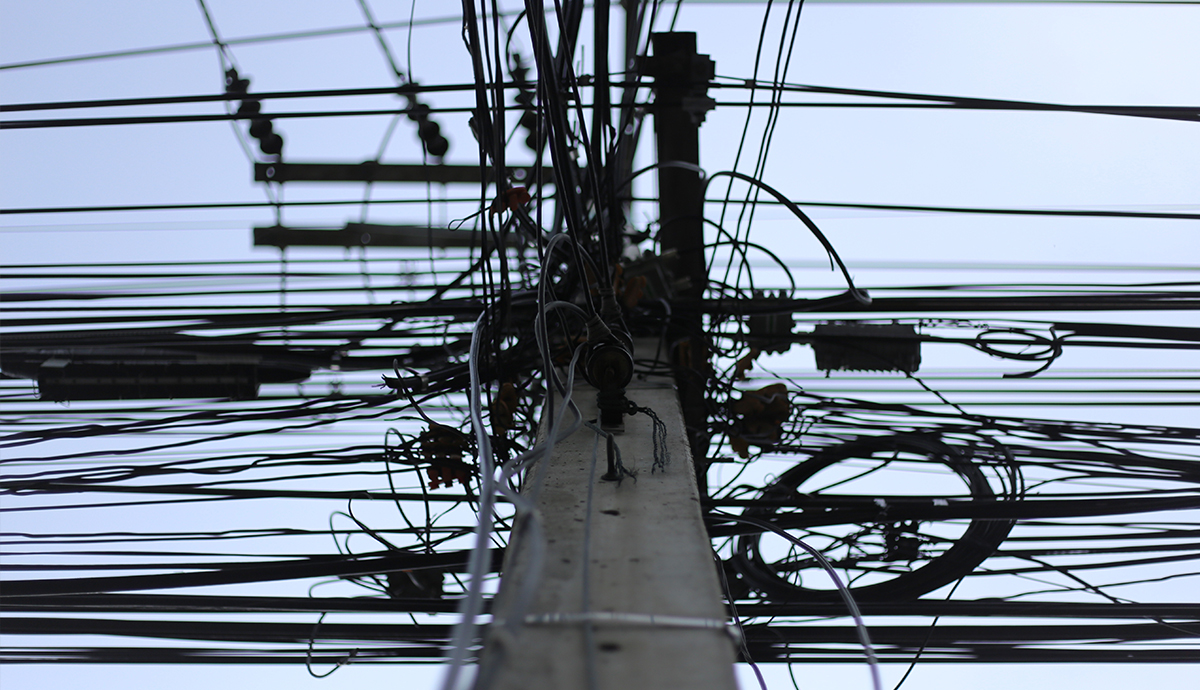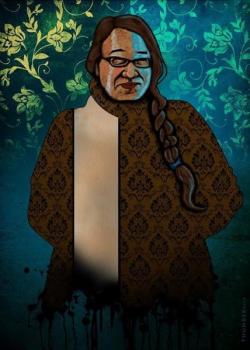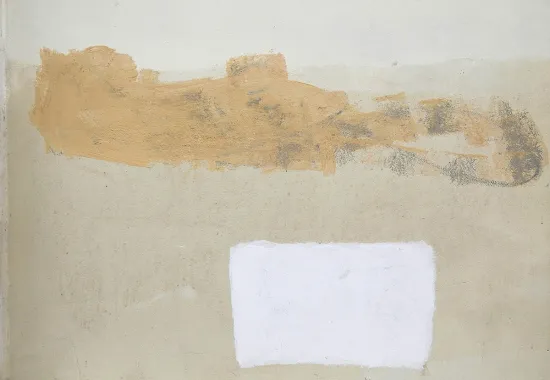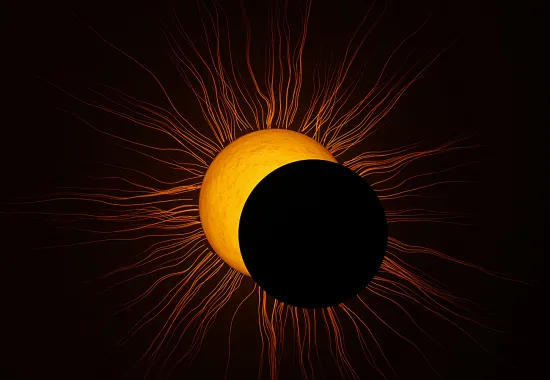"Prosody and Being Equal to Life" from Issue 299.4

Firefly Farms. A lovely named place, isn’t it? Like "Little-Piece-of-Heaven." Firefly Farms at Sundress Academy for the Arts in Knoxville, TN, recently hosted a workshop called, Let the Confluence of Rhythm Begin, by Sandra Marchetti. Among many lessons, I took away the reminder to sound-map poems to discover nonce forms: How many verbs are here? How is K an offensive letter? How is J stirring? L, soft? "Letters have different personalities," Marchetti urged. And, "in order for the poem to have momentum, it has to move."
Yes.
What letter is closest to your personality? I think I would choose H, for its sweet impression, its enhancement of other words, the relief it provides, its vulnerability. But then, Y is a critical thinker; M has a sturdiness; F is mysterious.
One of my favorite poets to sound-map is James Wright, who so often wrote ghost sonnets, the metrical form lingering behind his hushedly exuberant lines:
The moon drops one or two feathers into the field.
The dark wheat listens.
Be still.
Now.
There they are, the moon's young, trying
Their wings.
Between trees, a slender woman lifts up the lovely shadow
Of her face, and now she steps into the air, now she is gone
Wholly, into the air.
I stand alone by an elder tree, I do not dare breathe
Or move.
I listen.
The wheat leans back toward its own darkness,
And I lean toward mine.
Such careful listening here: there is no unturned syllable, no less-than-perfect rhyme.
As I've learned in my studies of lyric poetry, we often mistake rhythm for imagery, as in the case of William Carlos Williams: "In early WCW . . . his emphasis falls not on visual description but on the gestures of American speech, on the poem's visual shape which enforces rhythm, and on something which we might call a painterly stasis," Donald Hall says (Poets Reading: The FIELD Symposia).
I think this mistaken attribution happens with Wright, too. When I recall his poems, I see blazing horse droppings, the bluest sky, leaning wheat fields, but he accomplishes this memorability through something more effervescent than close description: he repeats sounds as if composing music. Even in his famous Pine Island poem—"chicken hawk floats over, looking,"—rhythm informs meaning.
In my poem “Channel Inn Balcony,” in the 299.4 issue of North American Review, I notice that it is one line short of sonnet-length; that the most visceral images are also the most lyrical (“Red dots of the runway trace the black Potomac”); and that the motif of song is used to both distance me from someone close and to make me feel closer to someone far away:
Red dots of a runway trace the black Potomac
like the loneliness of being sung to.
You left for food, angry.
Poised boats on the channel seem to listen.
A still body must have such a light
in a city where people disband into single hotel rooms,
where the showers are glass
that no one looks through.
In one of the far, docked boats,
White text on black screen, glowing, the size of my thumbnail—
credits to a movie someone must be watching.
That after-music must play as we wait together
for the night to do something about sorry.
Poetry teaches us that thes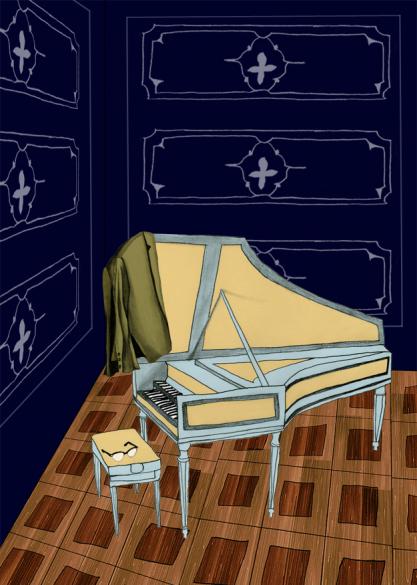 e noticing are simply and ravishingly the sound-map, idea-map, image-map of my psychology that night, beside the shimmering channel, after an argument. Poetry asks us to transcribe emotional experience with syntax, and we can only do so by listening to the world around us and by trusting our vocal instincts—not in order to mimic that world, but to become equal to it. That realization is why sitting in a room alone with one’s words in a compelling experience—we are creating ourselves, our spaces, our beliefs. On reading poetry aloud to the self, James Longenbach says, "a composer turns to the piano not to discover the melody but to confirm it." Form is simultaneously heard, seen, and felt. We learn it by listening to our hearts. We discover it by engaging in what Keats called negative capability: following the mysterious pleasure of a moody sky, feeling deeply an empty bedroom, a recent boredom, excuse, want, or wish, and making the seemingly unlike sing.
e noticing are simply and ravishingly the sound-map, idea-map, image-map of my psychology that night, beside the shimmering channel, after an argument. Poetry asks us to transcribe emotional experience with syntax, and we can only do so by listening to the world around us and by trusting our vocal instincts—not in order to mimic that world, but to become equal to it. That realization is why sitting in a room alone with one’s words in a compelling experience—we are creating ourselves, our spaces, our beliefs. On reading poetry aloud to the self, James Longenbach says, "a composer turns to the piano not to discover the melody but to confirm it." Form is simultaneously heard, seen, and felt. We learn it by listening to our hearts. We discover it by engaging in what Keats called negative capability: following the mysterious pleasure of a moody sky, feeling deeply an empty bedroom, a recent boredom, excuse, want, or wish, and making the seemingly unlike sing.
Here is one result of my revision-for-sound of a poem called “Loquats and Mountain Bird,” which appears in my chapbook Flowers around Your Soft Throat, forthcoming from Structo:
Winter wind delivered them,
divided the stream of light between us.
Instead of date plans,
we dealt with disease: I held your hand,
stroked your back.
The original:
Winter wind brought them here, broke the stream of light between myself and you.
Instead of date plans, we dealt with your illness: I held your hand, stroked your back.
Each version has its own heart, neither more glorious than the other, but one closest to mine.
Such nuance and ownership is not lost in poetry. The smallest alterations can transform a poem into a new private language for the same experience. With endless options for how to write, the chosen tone—created in harmony by the sound, imagery, line, diction—is largely what makes a poem the poet’s. Tone is voice. Prosody gives a poem its life. I appreciate that sound-driven poets constantly call our attention to this sentiment.
Illustrations by: Gigi Rose Gray. Gigi Rose Gray is an illustrator born and raised in New York City where she received her BFA in illustration from Parsons New School for Design. She now resides in sunny Los Angeles. Her works are inspired by the grace and elegance of women, mid-century design, french renaissance interiors, the colors olive green and mustard yellow, dreams, cypress trees, Greco-Roman art, and nostalgia.
Recommended
Mercy
Eclipsing
Psychic Numbing


